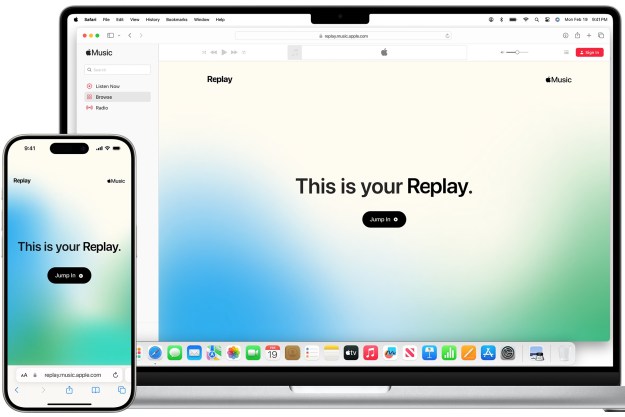If you took note of Spotify’s very limited release of its Car Thing music player and thought that it might make a good addition to your vehicle, we have good news: It’s no longer an invite-only exclusive. If you live in the U.S. and have a Spotify Premium account and $90 burning a hole in your pocket, you can grab one of these devices for yourself.
As a quick refresher, Car Thing is a device that’s meant to make it a lot easier to navigate and play audio from Spotify in your car. Car Thing doesn’t offer any functions that you can’t get through your phone or your in-car infotainment system (if it has Apple CarPlay or Android Auto), but if you’re one of the many folks who don’t want to use (or can’t use) one of those options, Car Thing is a $90 convenience.

Using a combination of a four-inch touchscreen, a large jog wheel, preset favorite buttons, and voice commands, Car Thing gives you a lot of ways to get to the content you want to listen to without having to rely on your phone. Unfortunately, you can’t completely ditch your phone — Car Thing requires its internet connection for streaming — so it’s not a true stand-alone device.
You connect Car Thing to your phone over Bluetooth, and for a truly wireless experience, you can connect Car Thing via Bluetooth to your car’s audio system. Wired connections are also supported if your car doesn’t do Bluetooth.
Spotify says it gathered valuable insights during the limited release window for Car Thing. It claims that Car Thing users played more music from Spotify while in their vehicles, and that users found it easier to access that content thanks to the Car Thing interface, which is exactly what Spotify set out to do with the device, so mission accomplished.
But Spotify also let it be known that it’s not quite done developing the gadget. In a blog post, it describes a few new ideas it’s working on: “Night Mode, which dims screen brightness in the evening, and an Add to Queue command.” Hardly earth-shaking, but it’s good to see that the company is actively working on ways to make the device more useful. After all, Car Thing doesn’t work with any other streaming services, so at the very least, it needs to be an awesome Spotify accessory to justify the $90 price.
We should be getting a Car Thing in for review shortly, and we’ll be able to give your our thoughts on whether it’s going to be $90 well spent or not.
Editors' Recommendations
- Sonos app gets a major overhaul as the company prepares for next-gen products
- What is Deezer? Features, pricing, and music quality explained
- Spotify’s new AI Playlist feature uses text prompts to curate playlists
- Spotify adds music videos for Premium users in a handful of countries
- Tidal launches Circles, a social network for musicians



